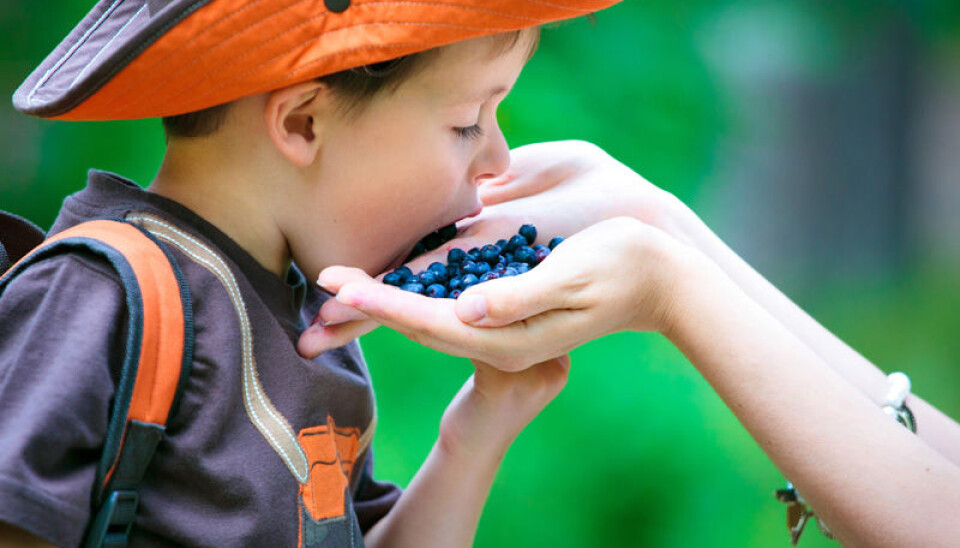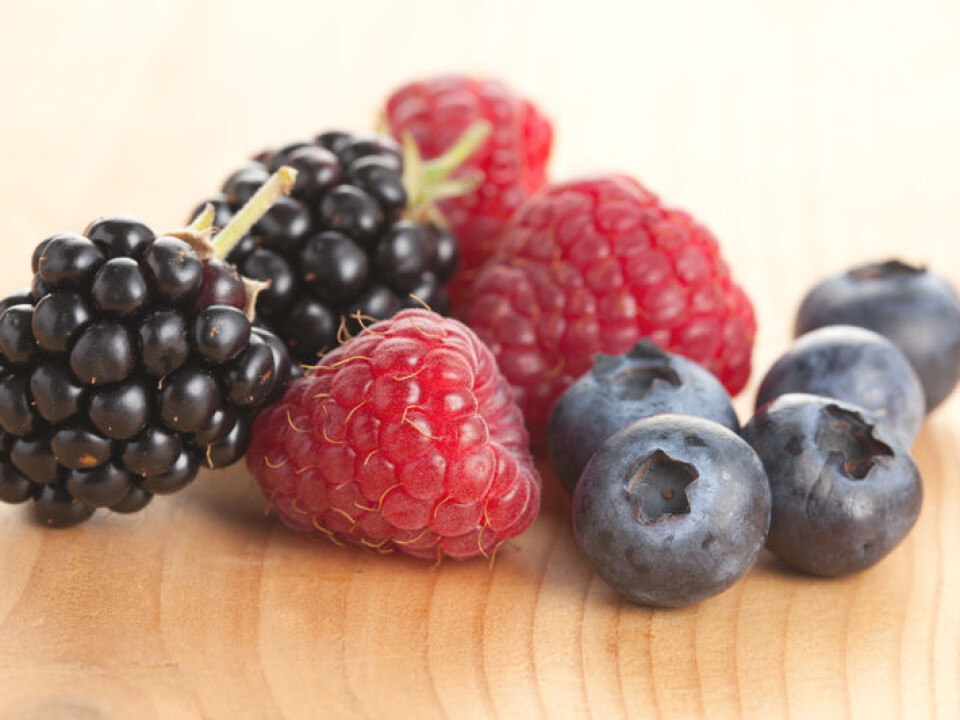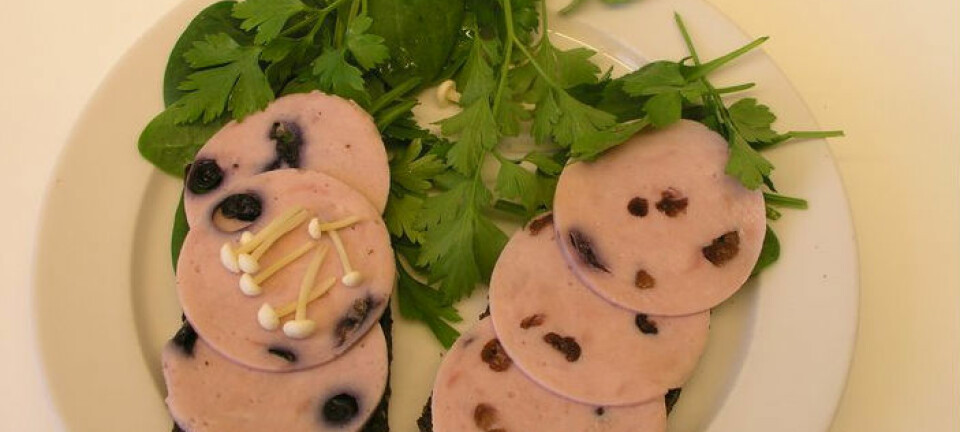
What makes berries so healthy?
New research project sets out to unravel the mystery of why berries are so good for us. The findings could result in revised recommendations for a healthy diet.
We’re often told to eat berries if we want to live a healthy life.
Berries contain lots of healthy substances, which for instance reduce the risk of heart disease, diabetes and cancer.
This is an indisputable scientific fact. But up to now, scientists have found it immensely difficult to answer the question of how exactly these healthy substances affect our bodies.
This challenge will now be taken up in a new research project.

”We have attributed antioxidant properties to many of the healthy substances, and that’s what we use to explain the healthy properties of these substances. The problem is that we cannot find a clear correlation between the antioxidant effect and health when we test the substances in the laboratory,” says Christian Clement Yde, a postdoc at Aarhus University’s Department of Food Science.
“That’s why we have launched this project, which aims to uncover whether the healthy effect can be achieved when the substances interact with the cell membranes, or whether it can only be achieved when the substances act as antioxidants and bind to harmful substances in the body.”
It’s all about polyphenols
Specifically, Yde’s research will focus on the type of beneficial substances known as polyphenols.
Polyphenols are plentiful in berries, but can also be found in e.g. bread, wine and tea.
Scientists have long suspected that polyphenols are good for humans. But when they have studied the individual polyphenols in population studies, they have not managed to prove their theories about the antioxidant benefits.
Yde believes there is a need for a new hypothesis:
”Not long ago, researchers found that polyphenols interact with the cells’ lipid membranes,” he says. “My hypothesis is that the beneficial effect of berries comes through this interaction and not only through an antioxidant effect.”
New technique
The researcher will be using a highly sophisticated technique, known as solid-state nuclear magnetic resonance spectroscopy (SSNMR), to prove his hypothesis. SSNMR makes it possible to map the internal molecular interactions down to the tiniest detail.
Yde will be using this technique to examine how the polyphenols in berry juice or berry extracts bind to lipid membranes that are fixed on glass plates.
”We can see that it’s the berries as a whole that bring about the health-promoting effect. Therefore, it also makes good sense to study the most realistic intake of the polyphenols – which is when they are in their natural state,” he says.
“It’s entirely likely that there are some health-promoting combined effects from the substances that do not appear if they are examined individually.”
Biophysical tests in Argentina
The other part of the research project will bring the researcher across the Atlantic Ocean.
Once the SSNMR tests are done, Yde will travel to Argentina to carry out biophysical tests with berry extracts on real cell membranes.
Here he expects to observe a direct effect on cell membranes that are exposed to the berry extracts.
”Testing my hypothesis on real cells will bring the experiments a little closer to reality,” he says, adding that an observed effect on cell membranes is a strong indication of a health-promoting effect.
Project completed in 2015
The project is scheduled to be completed in early 2015, at which point we might be seeing some revised recommendations regarding our intake of berries and polyphenols.
”That’s the whole purpose of this project – to learn more about why berries and other polyphenol-rich foods are healthy, so that we can come up with the right dietary recommendations.”
----------------------------
Read the Danish version of this article at videnskab.dk
Translated by: Dann Vinther







